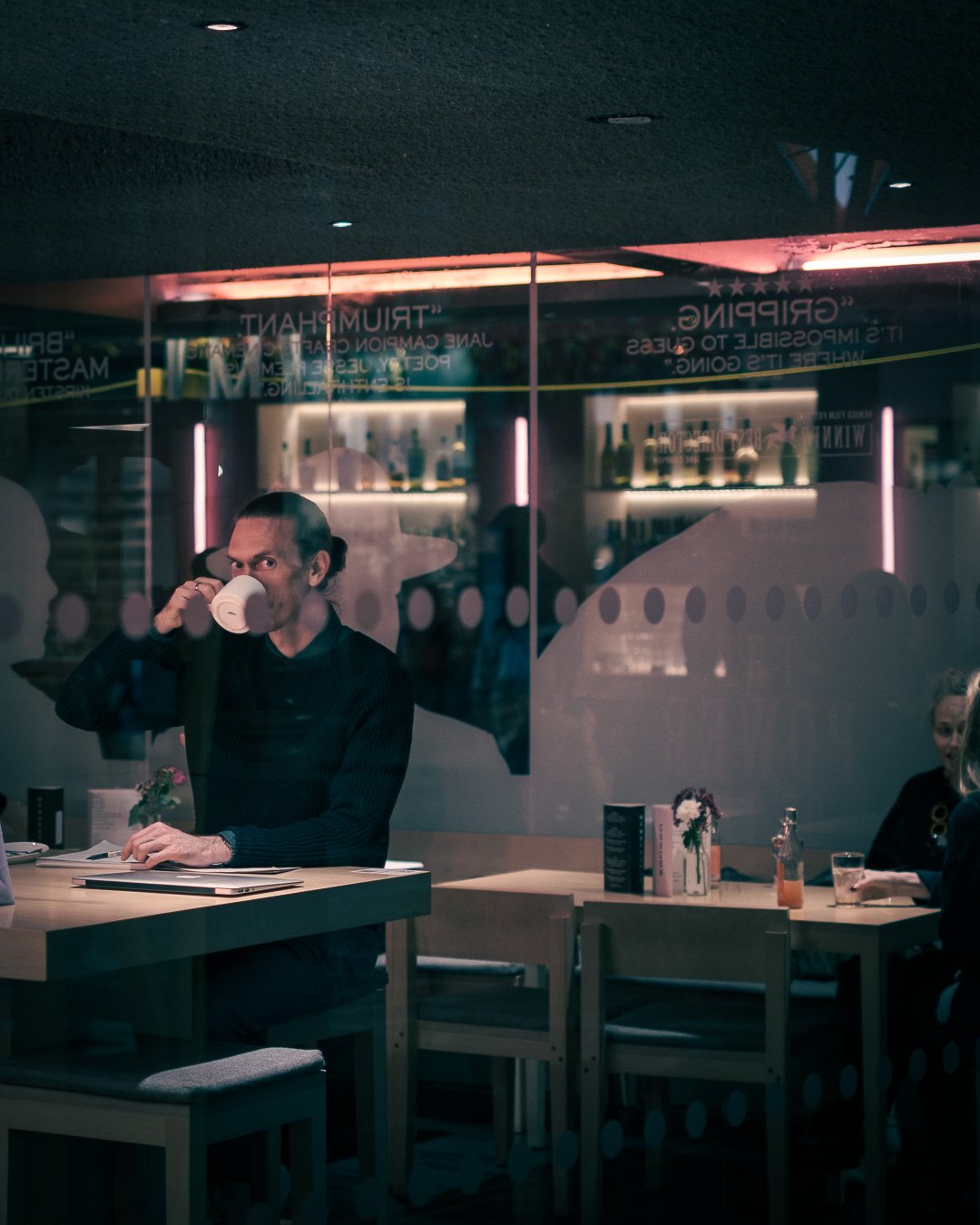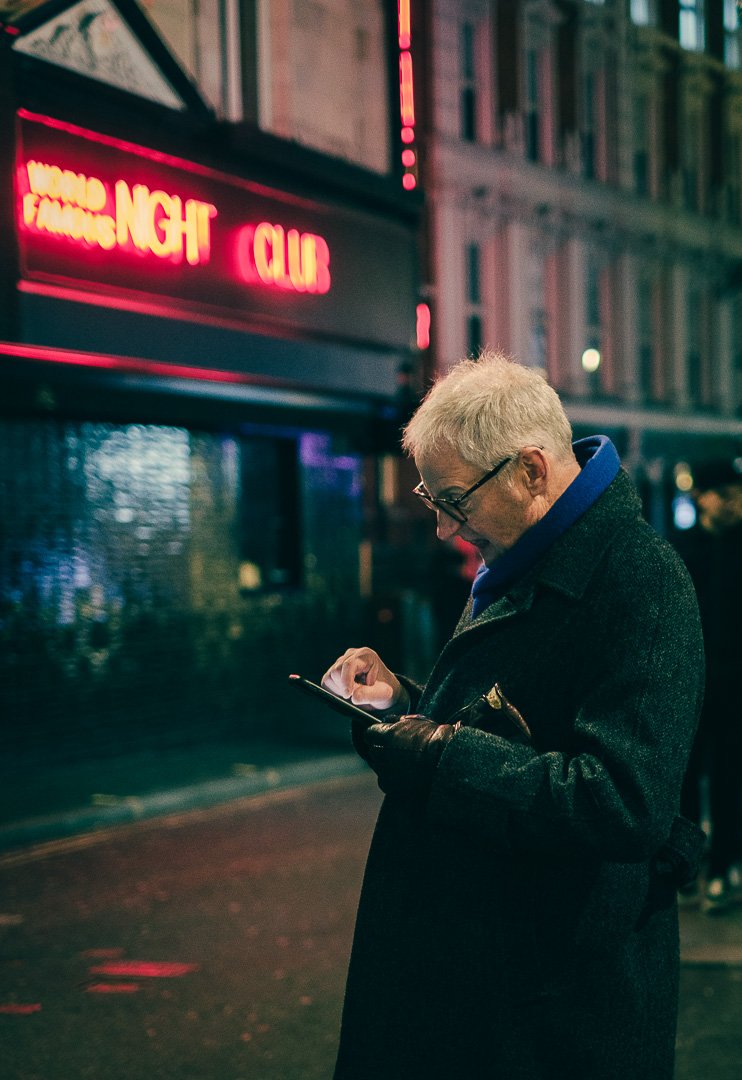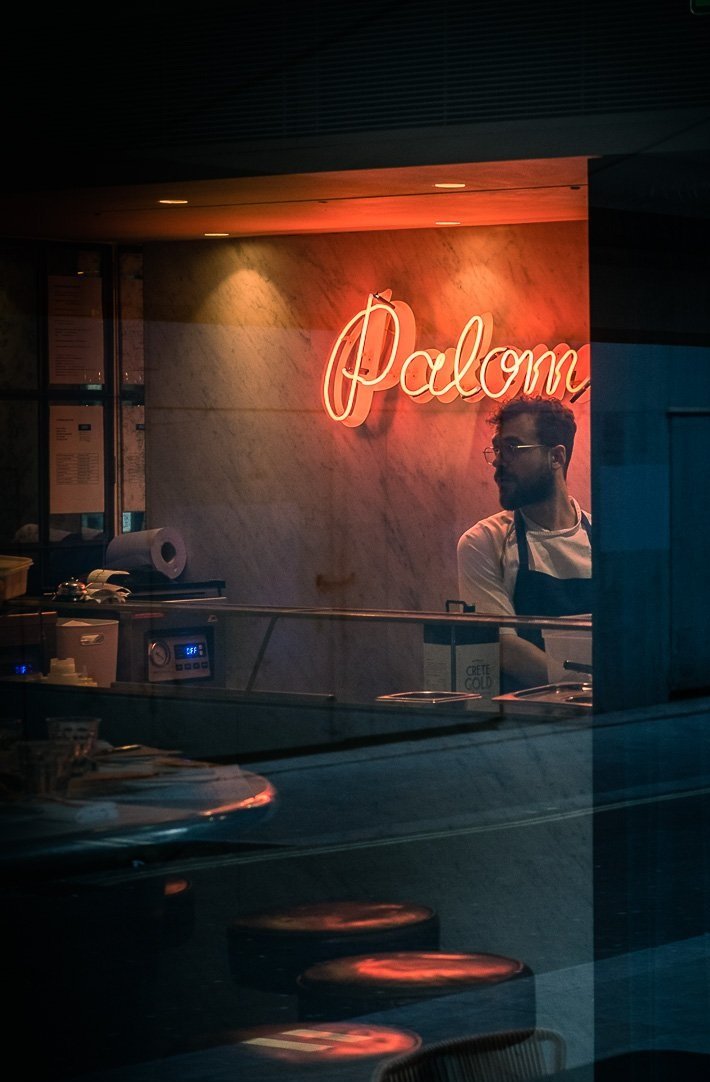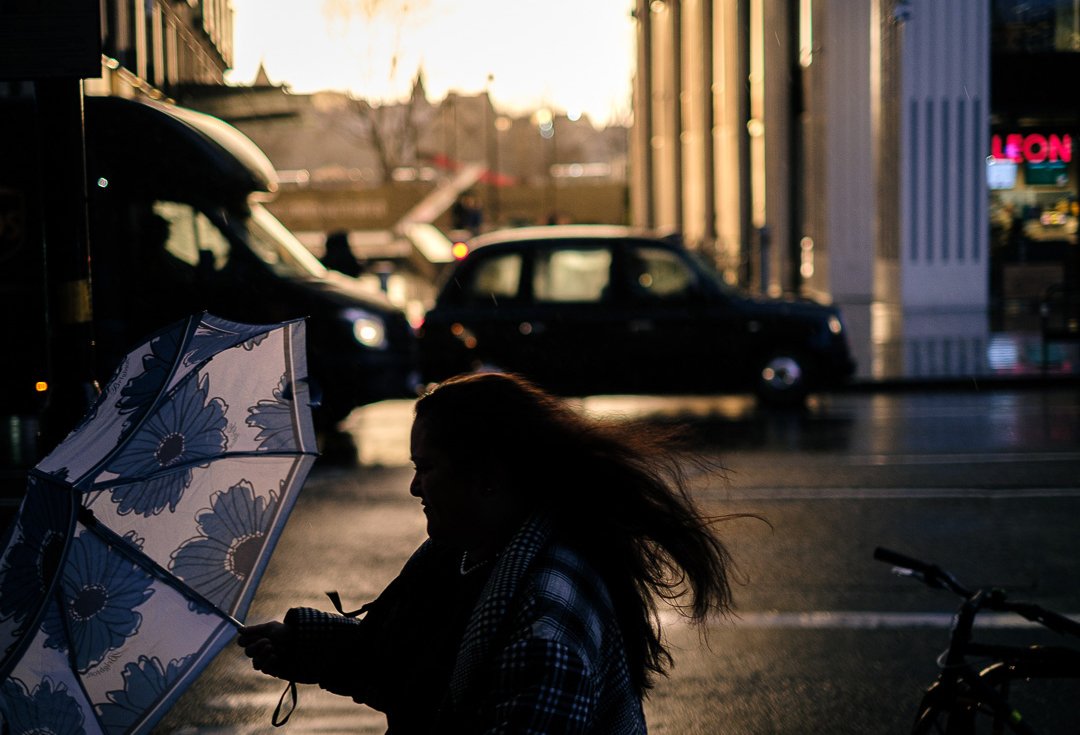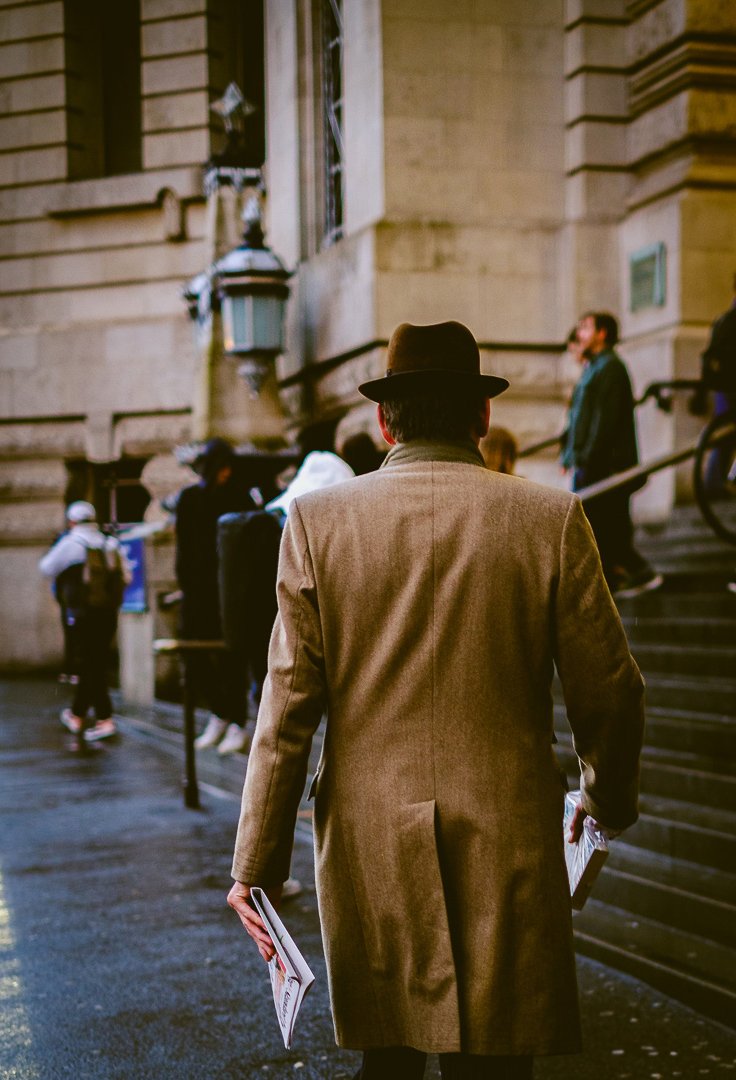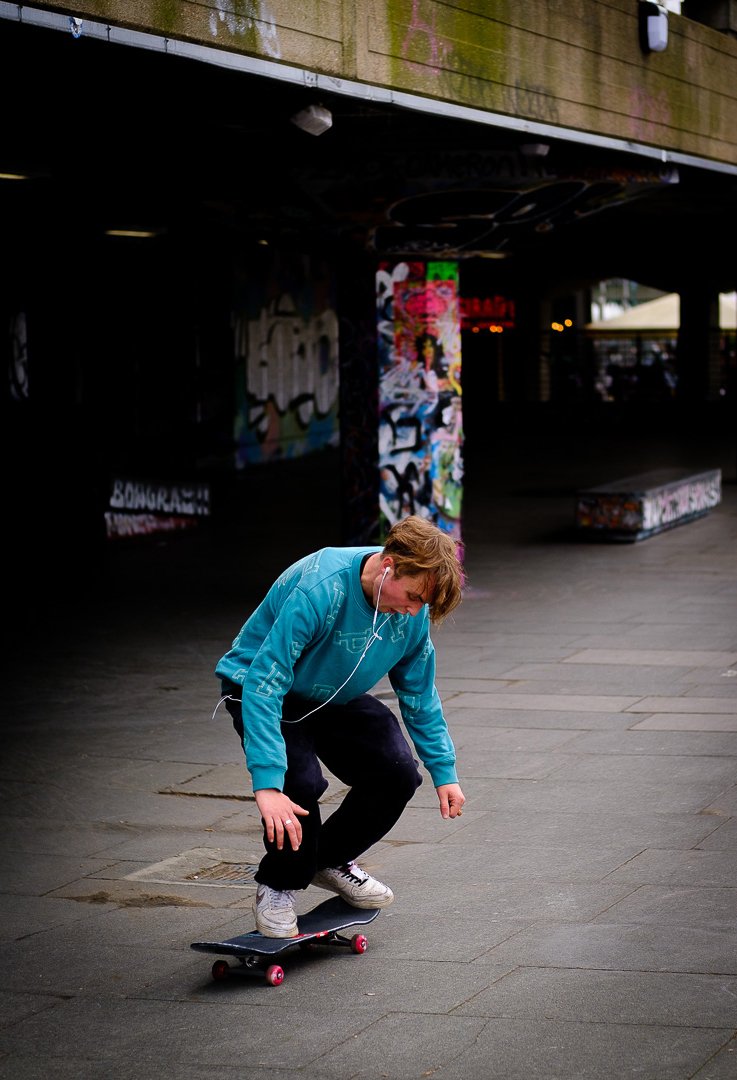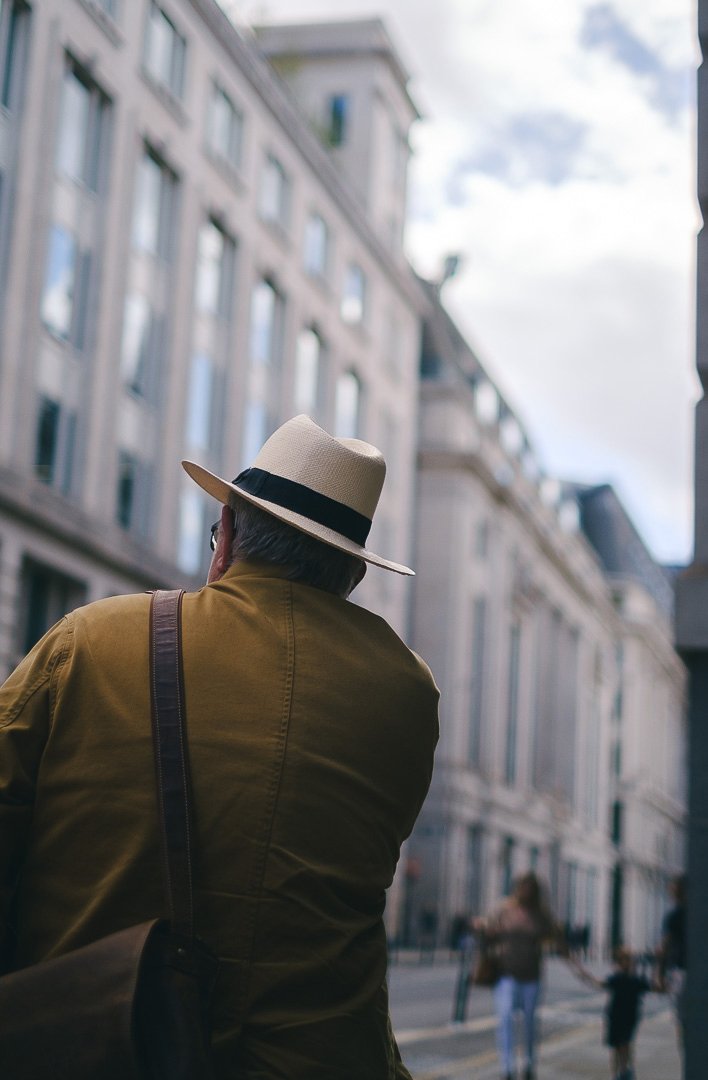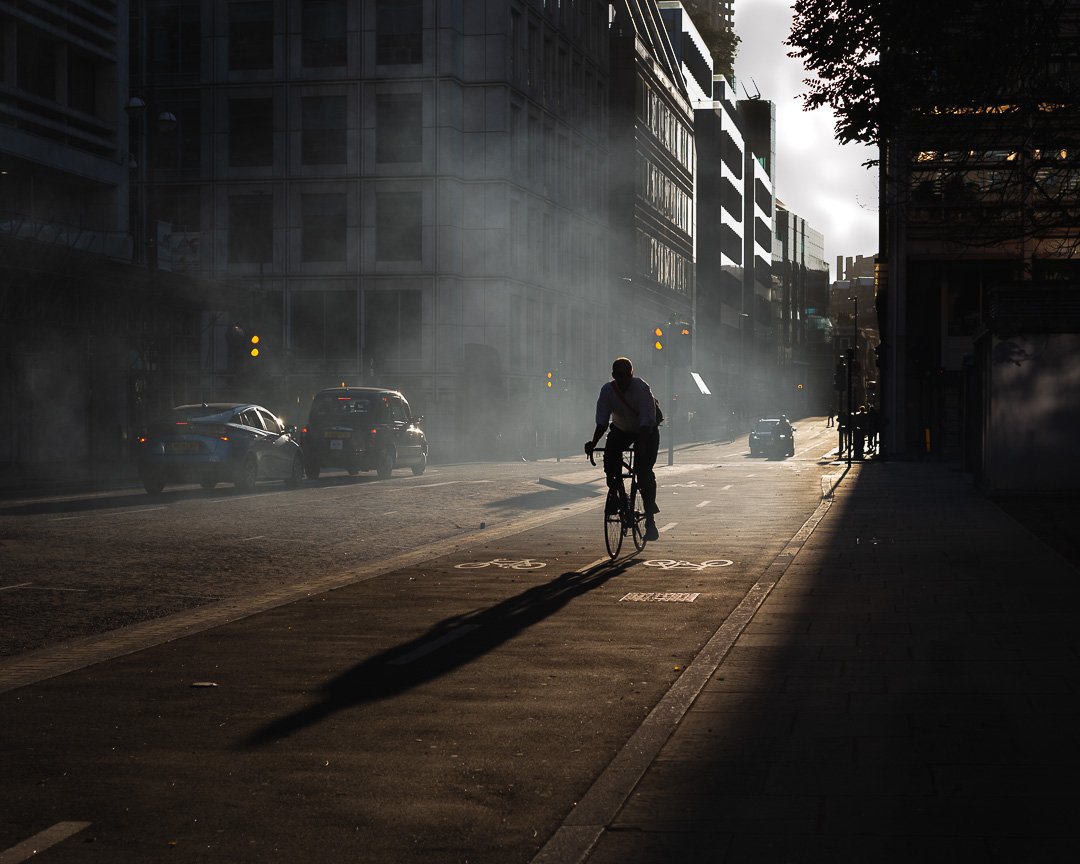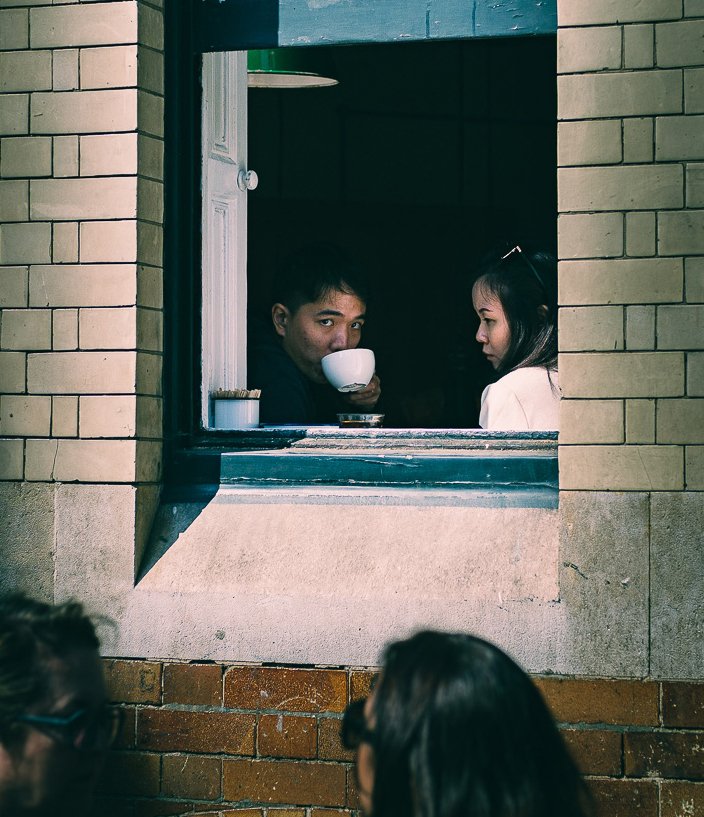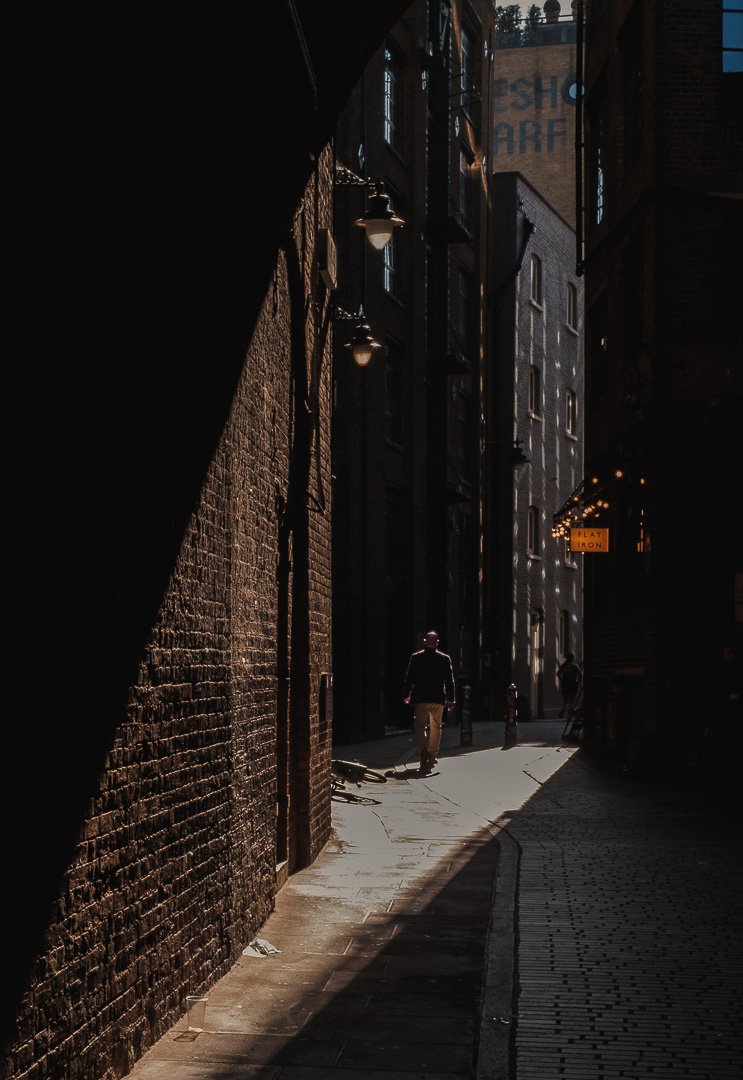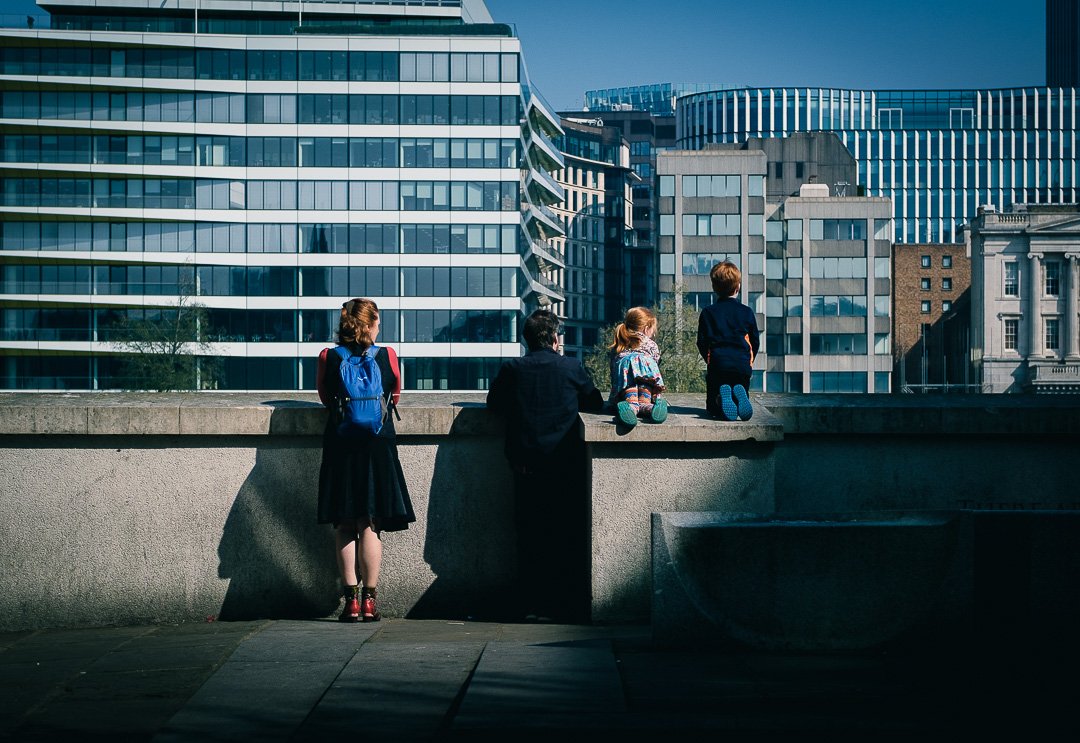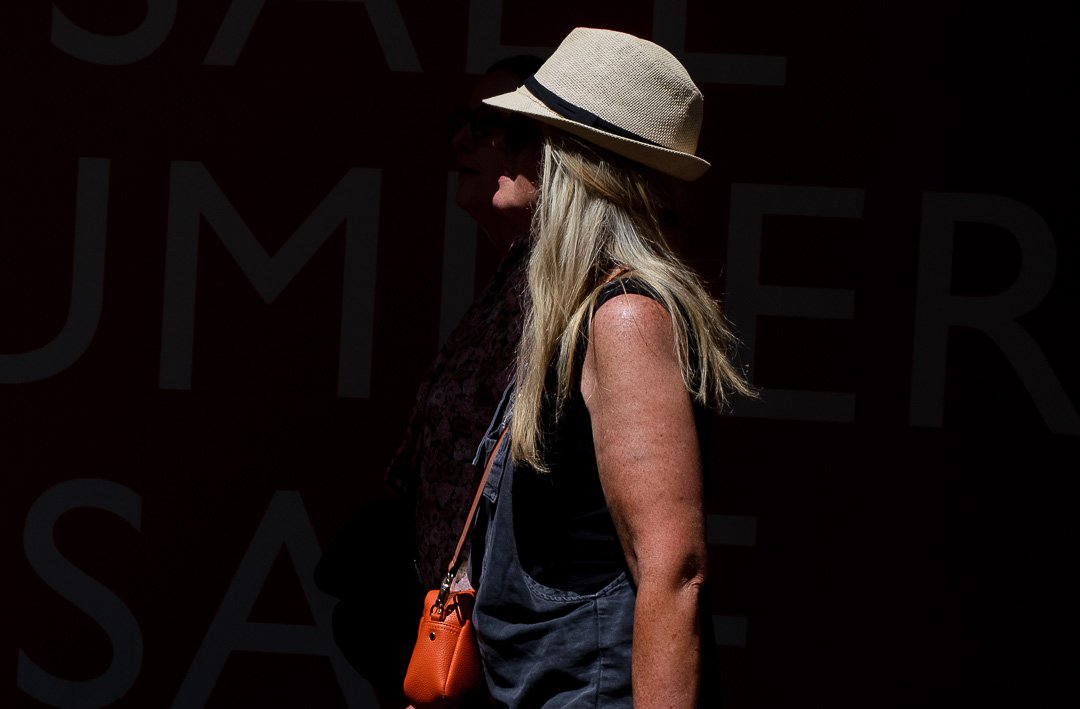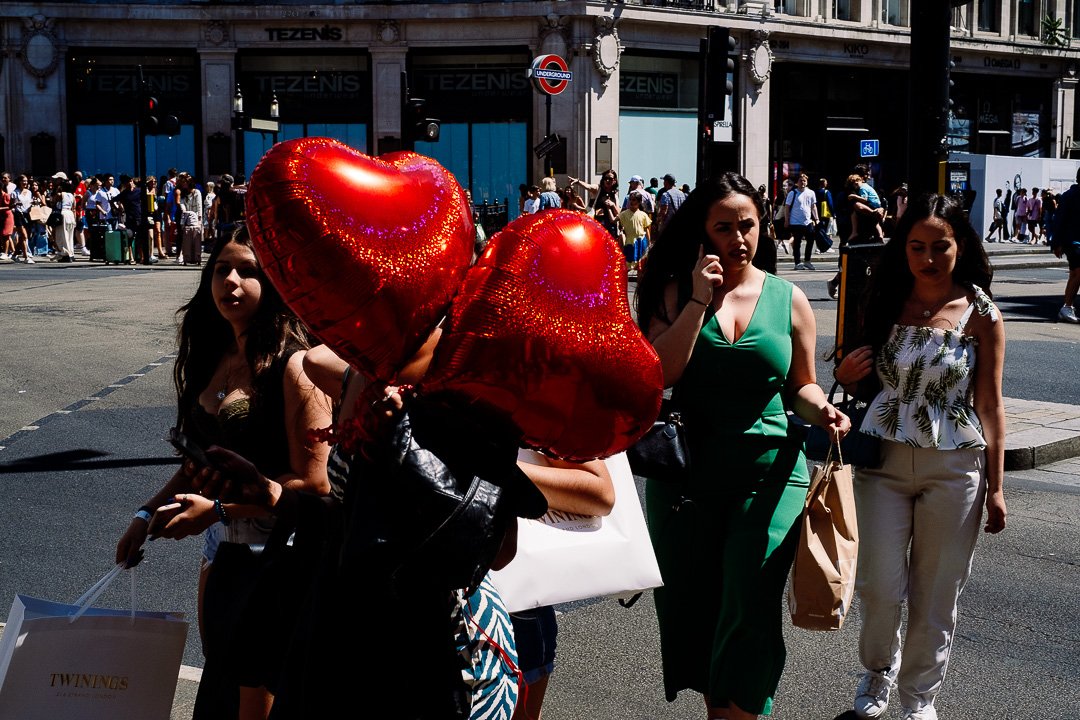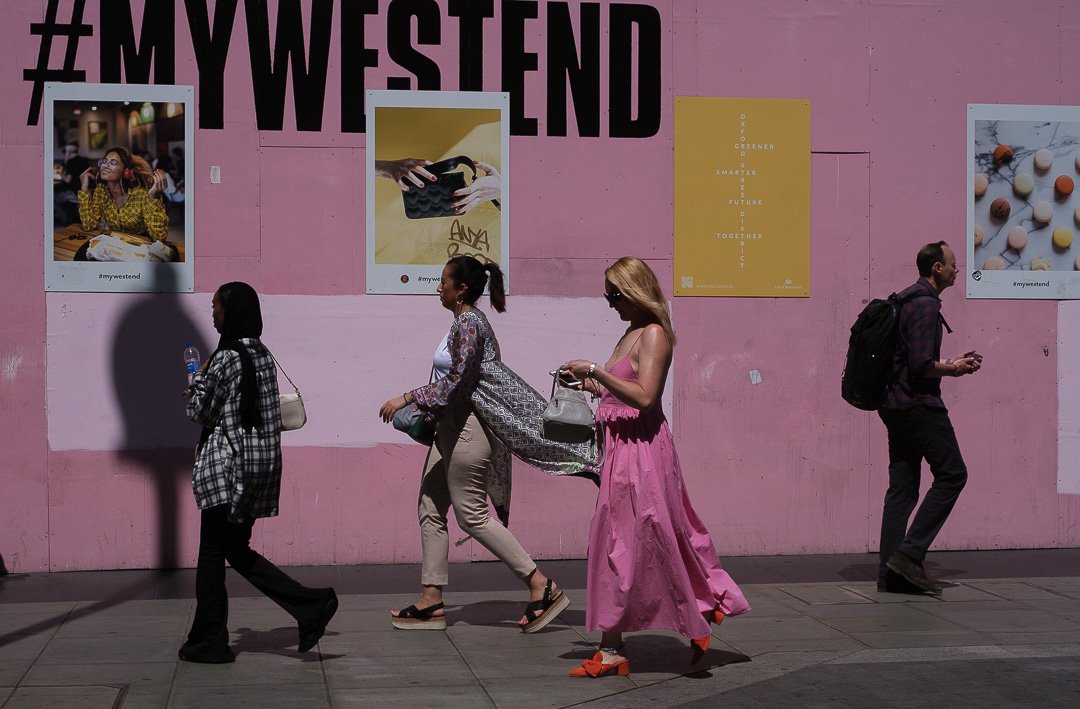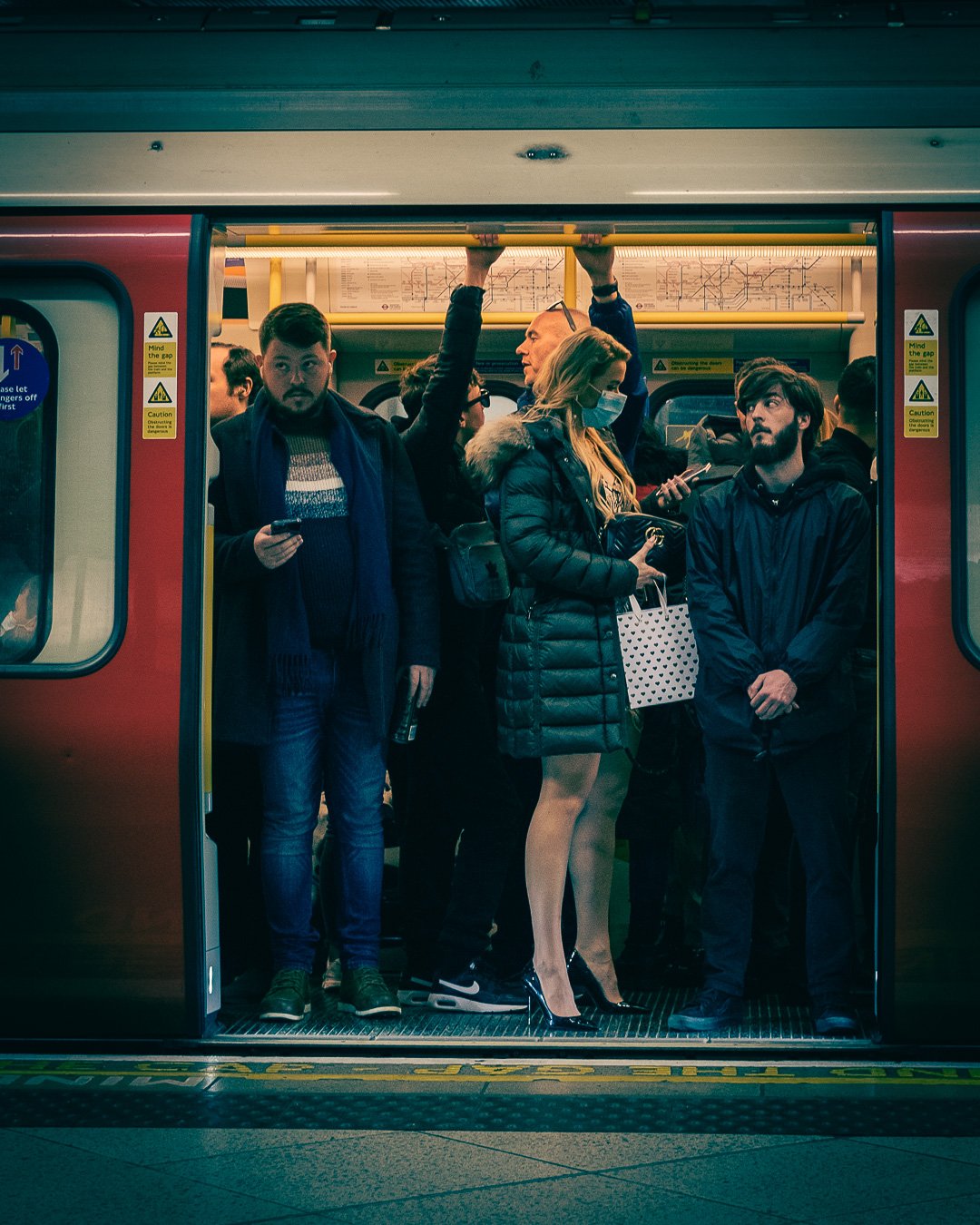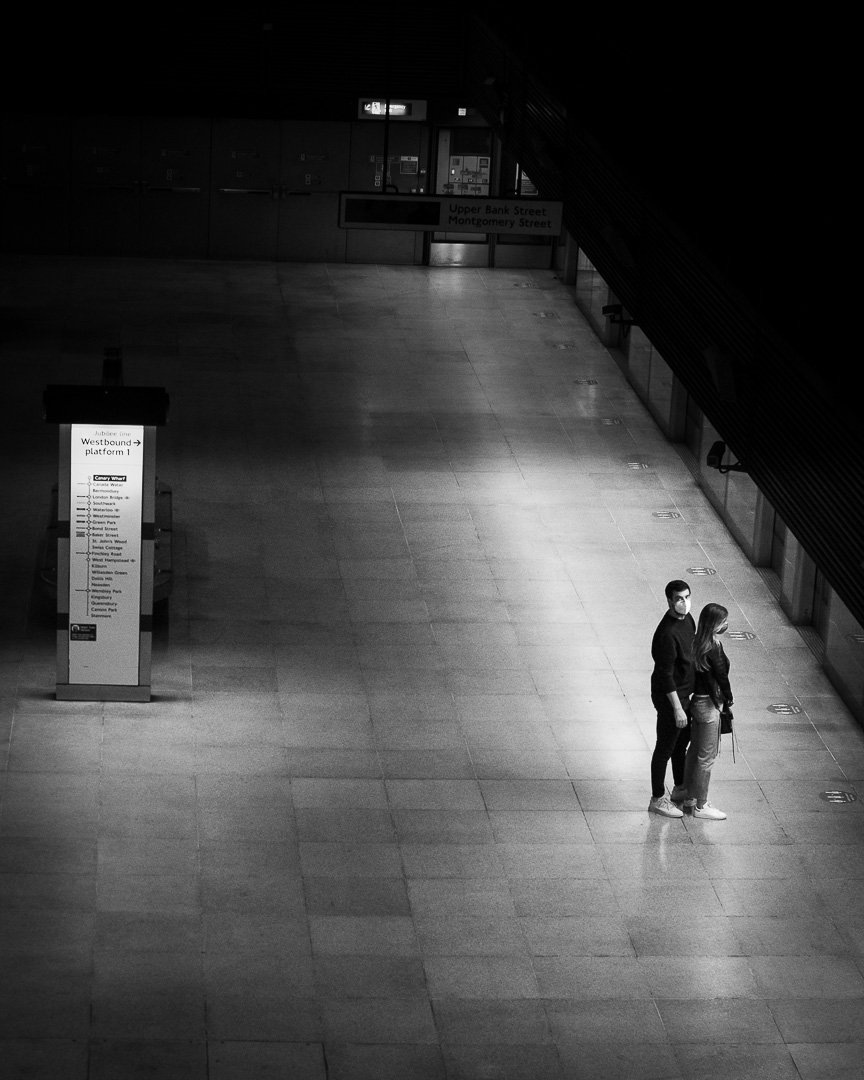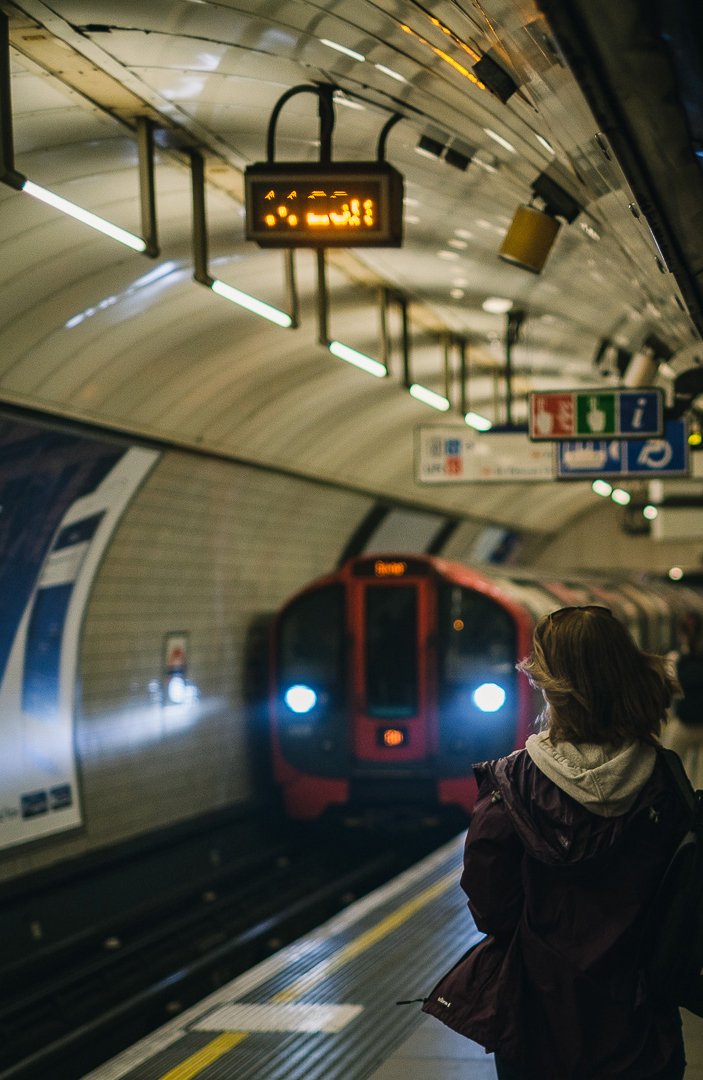The Best London Street Photography Locations in 2024
London is arguably one of the best cities in the world for street photography due to its range of diverse and individual areas within the capital. So to decide which are the best London street photography locations in 2024 is quite a difficult task and can also be quite subjective, but this list is from my own experience of living in London for over ten years, feel free to disagree in the comments below!
Soho
Soho is possibly my favourite London street photography location as there are always interesting characters all times of the day and throughout the night, which is when it really comes alive! I first visited Soho in the mid 90’s and although a lot of the older independent shops and restaurants have come and gone, a lot of the character still remains. It doesn’t have that seedy undertones so much now, but it’s still a gold mine for all street photographers from beginners to experts.
Soho covers the area from below Oxford Street in the north down to Shaftesbury Avenue in the south and from Regent Street in the west over to Charing Cross Road in the east. Except for Oxford Street, these streets aren’t hard defined boundaries, as some would also argue that Chinatown is part of Soho for example. Soho falls under the London Borough of Westminster.
I try to avoid the areas which are flooded with tourists such as Carnaby Street, I find Kingly Street that runs parallel more interesting with the abundance of bars and restaurants. Wardour street is where I tend to move in and out of and then down onto Berwick Street where you’ll come across what was once the seedy part of Soho as you walk through the small alley ways onto Brewer Street. At night I’ll head towards the parallel streets of Frith and Dean Street where you’ll come across people smoking and drinking outside the bars and pubs, especially in Summer. The neon lights in Soho are really what brings it alive at night!
Waterloo/South Bank
Waterloo is probably most famous for its very busy train station which serves the South West of England. Prior to 2009 it was also used as the terminus for Eurostar trains to Paris, until it moved to St Pancras. While the train station itself can be a bit chaotic, especially in rush hour during the week, the areas around it can provide some great street photography locations.
Waterloo and the South Bank are technically two different areas, but as they’re so close I thought I’d merge them into the same category. The South Bank stretches from Lambeth Bridge in the South West all the way across to Blackfriars Bridge in the North East. The key areas of Waterloo for me are in front of the station along York Road, then behind the station down Waterloo Road and onto The Cut.
When people think of the South Bank they probably think of the hoards of tourists around the London Eye, which is the one area that I try and avoid. I tend to head north of this area across the front of The Royal Festival Hall then stop by the skate park which has been a hangout for skate boarders for decades, There’s always some interesting characters around here both skaters and spectators. If you head up the steps above the skate park you can look down on passers by to spot anyone interesting. There are also some steps here with the outside decorated in bright yellow as shown in the main picture above, this is a favourite for street photographers to create an eye catching backdrop.
If you head back east past Waterloo train station down Waterloo Road, it becomes less touristy and slightly edgier, then if you head to the street called The Cut which leads to Southwark Underground Station, there are a plethora of nice bars and restaurants and can be an interesting street photography location, especially at night.
For more images from around Waterloo, please check out my article London Street Photography in the Rain.
The City
Another one of my best London street photography locations, the City of London is the financial centre of London and has modern and ancient architecture in abundance. One of the most famous historic buildings is St Paul’s Cathedral designed by Sir Christopher Wren and has served as a backdrop for many street photographers while standing in the much more modern One New Change shopping centre (as in the above example). During the week there are many interesting characters roaming the streets, the men looking dapper while suited and booted and the women in heels and pencil skirts looking elegant. You may even see the odd bowler hat if you’re lucky! At the weekend the City is flooded with tourists, but if you arrive early enough or just stick to the back streets there are plenty of opportunities to be had.
The City of London, also known as the Square Mile (although it is actually 1.12 square miles) spans from Temple on the west side to Aldgate in the east and from Barbican in the north to the edge of the north side of the River Thames in the south. It’s unique in comparison to the rest of London as it has its own Mayor and Police Force.
When I arrive in the City to take photographs I usually head straight for the Bank of England on Threadneedle Street. It’s a very grand and traditional building with large stone walls and when the light hits it there can be plenty of opportunities. Surrounding the bank are many quirky cobbled streets with old pubs dating back hundreds of years. Bank Underground station is next to the Bank of England and from there you can walk west down Cheapside where you’ll find the One New Change modern shopping centre and of course St Paul’s Cathedral. Next to St Paul’s is Paternoster Square which is surrounded by large columns and creates great shadows when the sun is out. If you walk south from Bank towards London Bridge you can catch the hoards of City workers walking home on an evening. Finally in the north of the City is Barbican, which is a residential estate of around 2ooo flats, try to head here when the sun is out to catch some fantastic light and shadows, you won’t be alone though as it’s a favourite for street photographers!
London Bridge/Borough Market
For those who’ve lived in London for any amount of time will know that when someone refers to London Bridge they are generally referring to the area rather than the bridge itself. Since The Shard was built in 2012 this area has seen an amazing transformation from what used to be an area you would go to just catch the train home to actually spending time here and enjoying the local bars and restaurants. This has increased the footfall dramatically and is therefore a great area for street photography.
Whenever I think of London Bridge, I think of the area around The Shard. Starting south of London Bridge then going down towards Borough High Street, then from the west starting around Clink Street over towards Bermondsey Street in the east. It’s not necessarily a clearly defined area in the same way the City of London is, but as a rule I generally circle around Borough Market when out shooting.
During the week this area is bustling with commuters and city workers having one last drink before they catch their train home and at the weekend Borough Market attracts many tourists who are more than happy to sample the local culinary delights. I usually enter Borough Market through Bedale Street and head west past the food stalls and then walk past Southwark Cathedral on the right. I like to walk as far as Clink Street (central pic above) where you can witness some great light and shadows when the sun is out. To the east Bermondsey Street provides some traditional cafes and delis, but can become busy with tourists during peak times. North of Bermondsey street and close to the river is More London Place where you’ll always find photographers trying to capture the perfect image with Tower Bridge in the background.
Oxford Street
I was reluctant to include Oxford Street as a best London street photography location as it’s somewhere I generally try to avoid when I go out to shoot, due to the mass of people. However it can’t be ignored due to this constant footfall of people from different cultures giving it a very cosmopolitan vibe. Oxford Street was once famous for its large department stores, however with closures of the likes of Debenhams and House of Fraser in the last few years this may no longer be the case. Sadly the street is now littered with sweet shops!
Unlike some other street photography locations, Oxford Street can be clearly defined. It starts from Marble Arch on the west side all the way to Tottenham Court Road on the east side. That being said I prefer the area to the west of Oxford Circus to around where Selfridges is. South east of Oxford Circus is Soho, so should the crowds of Oxford Street become too much you can always head there.
If you’re feeling brave and want to catch the optimum amount of people then the best time to head to Oxford Street is around 2pm on a Saturday afternoon. For a more relaxed vibe, try to head there early in the morning, however the trade off will be less interesting subjects. I find there are better opportunities when the sun is out, creating dark shadows around the subject, but also bringing out the multitude of colours which can be found in this location.
The London Underground
Last but not least I had to include the London Underground in the best London street photography locations, not in any specific area or station, but generally anywhere throughout the network. Though technically not on the street it’s still a great location to capture some great moments.
When underground be careful with your camera settings, if you’re used to shooting in auto or aperture priority then you may find your camera will reduce the shutter speed in order to compensate for the lack of light causing your photos to be blurred. I tend to manually set my shutter speed to around 1/125 when underground along with my 35mm f1.4 lens which I keep at f1.4 to let in the maximum amount of light. However, a wider angle lens may be more appropriate especially if you’re taking shots in a carriage, although I tend to avoid this!
I prefer the more traditional part of the underground, such as the Bakerloo line, with its old fashioned carriages and retro looking stations. Baker Street on the circle line is always a favourite for photographers too. One of my personal favourites is Westminster Station, though it’s relatively modern the deep cavern like structure and multitude of escalators creates many opportunities.
Thank you for taking the time to read about the best street photography locations in London in 2024, please feel free to leave comments below on what your favourite areas are.



